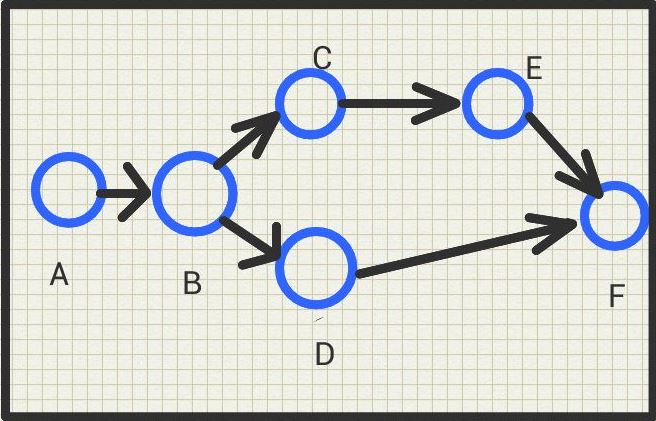In a world of constant technical changes and business innovations, organizations are forced to keep up with the trend to remain in business. For this purpose, there are a lot of new projects rolled out, in parallel which are also inter-dependent on each other. Determining the project duration and adhering to the scheduled time is a key to success and sometimes the very existence of businesses in market. It becomes an additional and sometimes a complex job to manage and execute to these projects. Therefore, Project Management and the related tools are a must to learn for many of the managers, Management Graduates and Top Executives today.
CPM and PERT are some of these tools which are widely used for its simplicity and accuracy in estimating and managing the project duration.
PERT expands as Program Evaluation and Review Technique. This is a tool used in Project management software as well as individually to estimate the Project duration. The wide popularity of this method can be attributed to its statistical estimation procedure that applies well across industries. In any project estimating the project duration is a key task, as the project budget and resource planning can be done only based on the project duration and schedule.
Accuracy of the project duration and adherence to schedule are the key to success of the project and organization. Therefore, PERT becomes an important tool in any business and project.
How does PERT estimates a Project duration?
- As we all know any project is group of individual activities that are performed sequentially and some activities in parallel. Therefore, logically the project duration is a sum of all of these activities excluding the ones performed in parallel. The best way to arrive at a Project Duration is to draw an Activity Network Diagram (AND).
- Now each of these activities will have duration on their own. To estimate this PERT suggest a three way approach. For each activity, arrive at the below three timings:
- Optimistic Time: Duration assuming that there are no risks and everything goes well as planned. It is the quickest possible time to complete the activity.
- Pessimistic Time: As the name suggest, it is the Duration arrived by assuming that the project faces as many risks and uncertainties (Excepting catastrophes) as possible. It is the worst possible time that is taken to complete each activity
- Most Likely time: It is the most common time that is required to complete an activity. This time is obtained from the past history and experience.
Then the project duration is calculated using the formula:
![]() Where,
Where,
TE : Estimated Duration
TO: Optimistic Duration
TM: Most Likely Duration
TP: Pessimistic Duration
- Thus after arriving at the estimated duration of all the activities, the project duration is arrived by summing the duration of activities involved in Critical Path. (It I the longest path a AND Diagram. For further details please read the article on CPM).
Assume the above project given in the picture having the activities and their duration as listed below. The project duration will be calculated as per the formula stated above:

Remember, the overall project duration will not be the sum of all the individual activities, but the sum of activities in the Critical path. In this example it is the sum of either of the paths: A-B-C-E-F or A-B-D-F, depending on which ever is the critical path.
Advantages of PERT:
- It involves the risk involved in any project and hence is a better estimator
- It also considers the quickest time possible and hence drives the team towards a good target
- It takes into account the experience and knowledge of project managers and hence is based on experience and facts.
- It also is based on statistical way of estimating the duration and hence is reliable an accurate.

